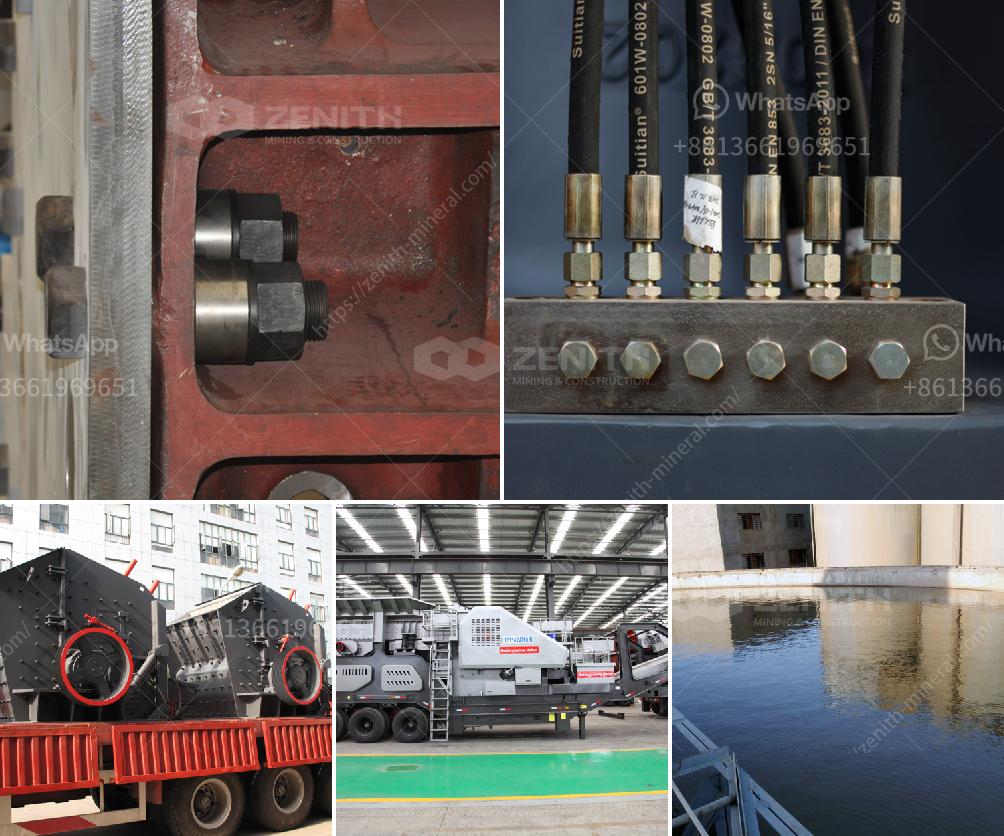Extracting calcium chloride from limestone involves a chemical process since calcium chloride does not naturally occur in limestone. Here's a simplified version of the process:
Materials Needed:
- Limestone (Calcium Carbonate - CaCO₃)
- Hydrochloric Acid (HCl)
Steps:
-
Crush the Limestone:
- Start by breaking the limestone into smaller pieces. The smaller the pieces, the more surface area you have for reaction.
-
React the Limestone with Hydrochloric Acid:
- Place the crushed limestone in a reaction container.
-
Slowly add diluted hydrochloric acid (HCl) to the limestone. The reaction will produce calcium chloride (CaCl₂), carbon dioxide (CO₂), and water (H₂O).
Reaction Equation:
( \text{CaCO₃} + 2\text{HCl} \rightarrow \text{CaCl₂} + \text{CO₂} + \text{H₂O} )
-
Filter the Solution:
- After the reaction is complete, you'll have a solution containing calcium chloride and some remaining solid impurities.
- Filter the solution to remove the solid impurities. Use filter paper and a funnel to perform this step.
-
Evaporate the Water:
- The filtered solution contains dissolved calcium chloride and water.
- Heat the solution to evaporate the water. This can be done by boiling the solution or leaving it in an evaporating dish in a warm environment.
- As the water evaporates, calcium chloride crystals will start to form.
-
Collect the Calcium Chloride:
- Once all the water has evaporated, collect the dried calcium chloride crystals.
Safety Warning:
- Hydrochloric acid is a hazardous material; handle it with care. Use appropriate personal protective equipment including gloves and safety goggles.
- Ensure proper ventilation when performing the reaction as it produces carbon dioxide gas.
- Dispose of any waste materials according to local regulations.
This method is a simple representation of how to produce calcium chloride from limestone using hydrochloric acid. The actual industrial processes may involve more steps and specialized equipment to increase efficiency and purity.

